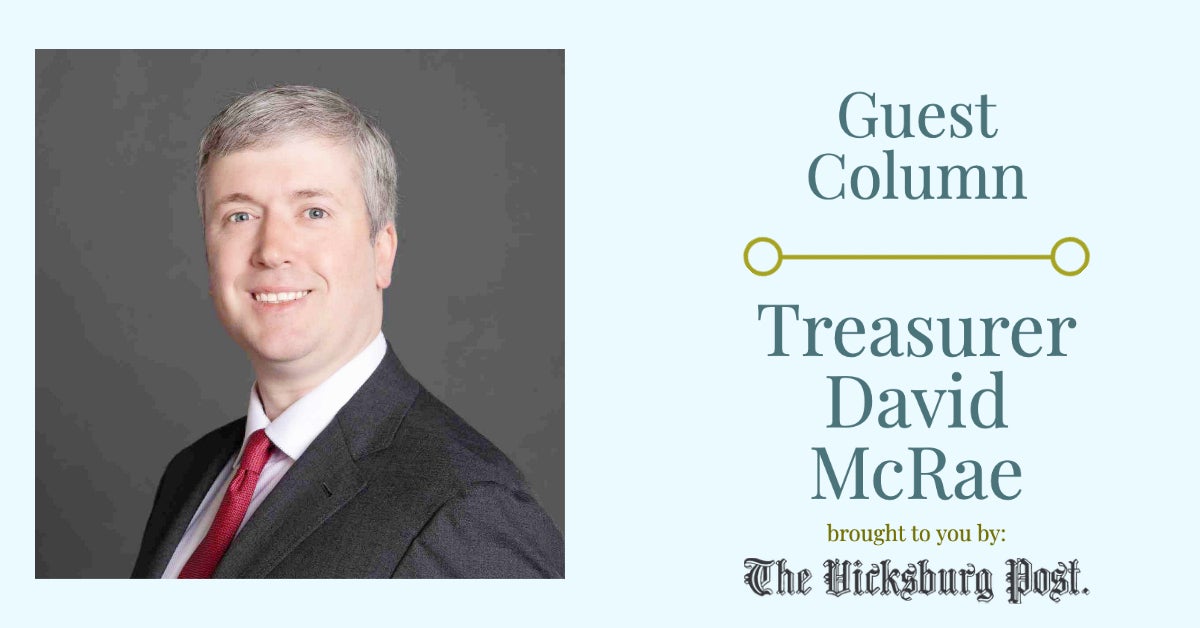Private investors not the only ones adding gold to portfolios
Published 12:00 am Monday, August 20, 2012
(ARA) – Since the onset of the recession when many investment portfolios took a hit, there has been a lot of talk about the value of investing in gold as one way for investors to protect against market volatility and preserve wealth. Now, as policy makers both here and in Europe take steps to stimulate economic growth, there is a group of investors quietly adding gold to their own portfolios: the world’s central banks.
As a legacy of the gold standard that backed many of the world’s currencies prior to 1972, Western central banks such as the United States of America, Italy, France and Germany, hold large quantities of gold. In contrast, many of today’s emerging economies including China, Russia, Mexico and India have until recently held little to none. While the 8,133 tonnes of gold held by the U.S. Government in Fort Knox (and other locations) no longer directly backs our currency, it has returned over 8 percent a year over the past 30 years for the long term wealth of the country.
For years, the Western central banks were net sellers of gold, to the tune of 400-500 tonnes per year, in large part because they saw the need to diversify away from gold. But that trend began to shift in the second half of 2009 as Western market central banks all but halted their gold sales while emerging market central banks increased the pace of adding gold to their monetary reserves. Globally, central banks bought 77 tonnes in 2010, and for all of 2011 bought an astonishing 456 tonnes of gold.
So what’s caused this change in how central banks view gold? Analysts from the World Gold Council (www.gold.org) offer the following explanations for why the central banks are buying gold:
* Central banks are trending away from investing primarily in the U.S. dollar and the Euro. The recession in the U.S. and the debt crisis in Europe have caused banks to take pause when investing in assets from these countries. While the U.S. dollar will form a large portion of overall reserves for years to come, gold is being added by central banks around the world to diversify their asset base.
* As countries including China, India, Mexico and Russia get wealthier, they are increasingly focused on storing that wealth. Many are finding that an allocation to gold of between 2 and 10 percent provides protection against risk in their overall portfolio.
* Gold is one of the few assets that central banks are allowed to buy. Other assets include U.S. Treasuries, Euro bonds, and Japanese Yen. Unlike bonds, gold is one of the few universally accepted assets that central banks can own that has no credit risk, meaning, gold does not represent an IOU from another country, company or person.
* Gold is considered a hedge against the U.S. dollar. This makes it an attractive tool for central banks to protect against any further declines in the value of the U.S. dollar.
“The trend that we are seeing where global central banks are increasing their gold holdings reinforces the critical importance gold plays in an investment context. Gold serves a function no other investment asset can: it preserves capital, diversifies portfolios, and is highly liquid. These principals hold true for central banks as well as individual investors,” says Ashish Bhatia, manager of government affairs at the World Gold Council.
According to the World Gold Council, central banks are on pace to purchase at least as much gold this year as they did in 2011. The increased investment in gold by these banks highlights gold’s role as an asset that provides diversification and wealth preservation during uncertain economic times.
The information provided is for educational purposes only. Consult your financial adviser before making any investment decisions.





